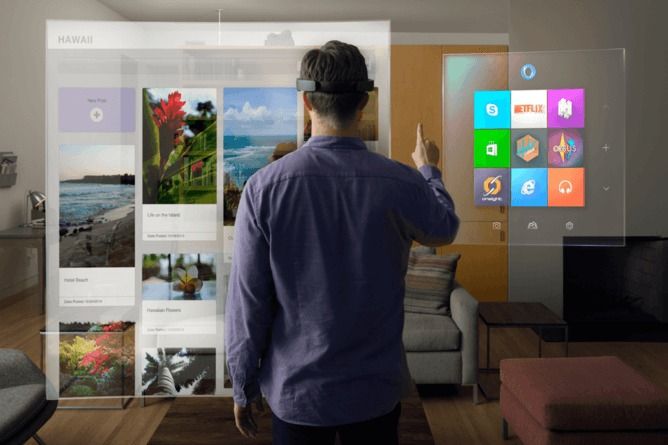By Stephen Cass with Charles Q. Choi — Spectrum
It seemed like the nascent augmented-reality industry was on a roller coaster at the start of the year. Things looked bad when Google announced that it was terminating sales of its Glass headset in favor of developing some new version to be announced at some time in the future. (Possibly in a galaxy far, far away.) But then the future looked bright again when Microsoft unveiled its HoloLens AR headset at a razzle-dazzle press event in late January.
But the truth is that well before the debut of HoloLens, the AR ecosystem had been moving away from Google’s model of always-available wearable computing and toward the idea that AR headsets should be—at least for now—something you use only for specific tasks. At the Consumer Electronics Show (CES) in Las Vegas just after New Year’s, most of the capabilities advertised a few weeks later by Microsoft for its HoloLens prototypes were already on display on the show floor (albeit spread among several exhibitors), and they were mostly doing industrial and enterprise work.
Read more
